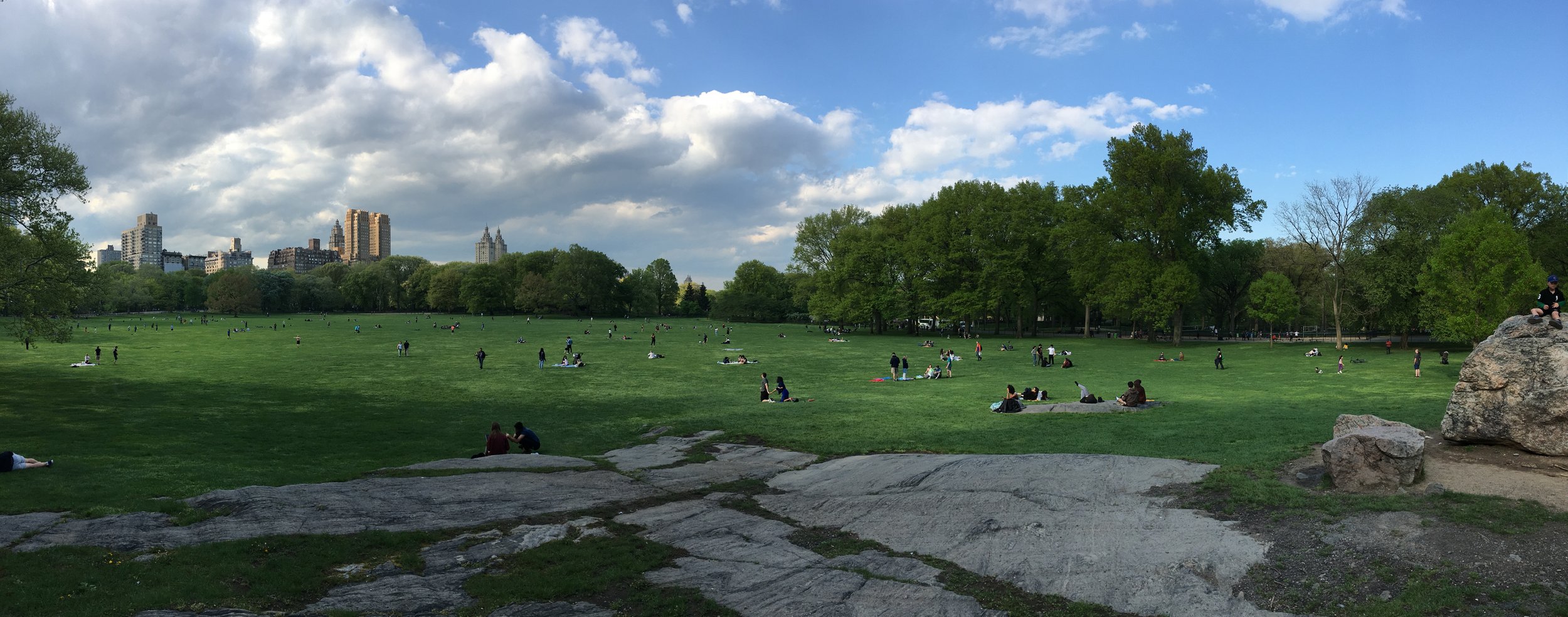
Press and Reviews for Before Central Park
“The illustrations are beautiful, the prose rolling and imaginative, the research thorough, and the result, splendiferous.”
— Kenneth T. Jackson, editor in chief of The Encyclopedia of New York City
Central Park is the most important and influential urban public space in the world. But what did its 843 acres look like before Frederick Law Olmsted and Calvert Vaux performed their magic? Sara Cedar Miller has given us the answer and so much more. The illustrations are beautiful, the prose rolling and imaginative, the research thorough, and the result, splendiferous.
— Kenneth T. Jackson, editor in chief of The Encyclopedia of New York City
Wandering through the green heart of the city, Central Park, who hasn’t wondered: What have these rocks seen? What do the trees know? Who came before? Thank goodness for the charming, curious, careful historian, Sara Cedar Miller, who labored thirty years to bring us their surprising stories. Highly recommended.
— Eric W. Sanderson, author of Mannahatta: A Natural History of New York Cit
What a story! Imagine if Twitter existed in the 19th century. This has been a wonderful read, better than any series Netflix & co could have dreamed up.
— Barry Lewis, PBS Walking Tours of New York
A stunning display of historical sleuthing. Brilliantly researched and superbly illustrated, Sara Cedar Miller’s book unravels the story of the 843 acres that became Central Park. Anyone interested in New York City’s past will find Before Central Park indispensable.
— Shane White, author of Prince of Darkness: The Untold Story of Jeremiah G. Hamilton, Wall Street’s First Black Millionaire
Sara Cedar Miller sets out to tell the landscape history of Central Park that often goes untold. She expertly uses the historical record to analyze the cultural processes responsible for shaping the landscape prior to the construction of the park. In doing so, she unearths the layers of the landscape to highlight the cultural attitudes embedded in the landscape.
— Phil Birge-Liberman, University of Connecticut
The Seneca Village story is often recounted through the lens of tragedy and woe, but the historian Sara Cedar Miller relates a more nuanced tale in her forthcoming book, Before Central Park. In this telling, land ownership in the village is cast as an engine of empowerment, and even enrichment for African Americans who exploited the real estate wave and cashed out at the right moment
—Brent Staples, “In Search of Black Utopia,“ New York Times, Jan. 8, 2022